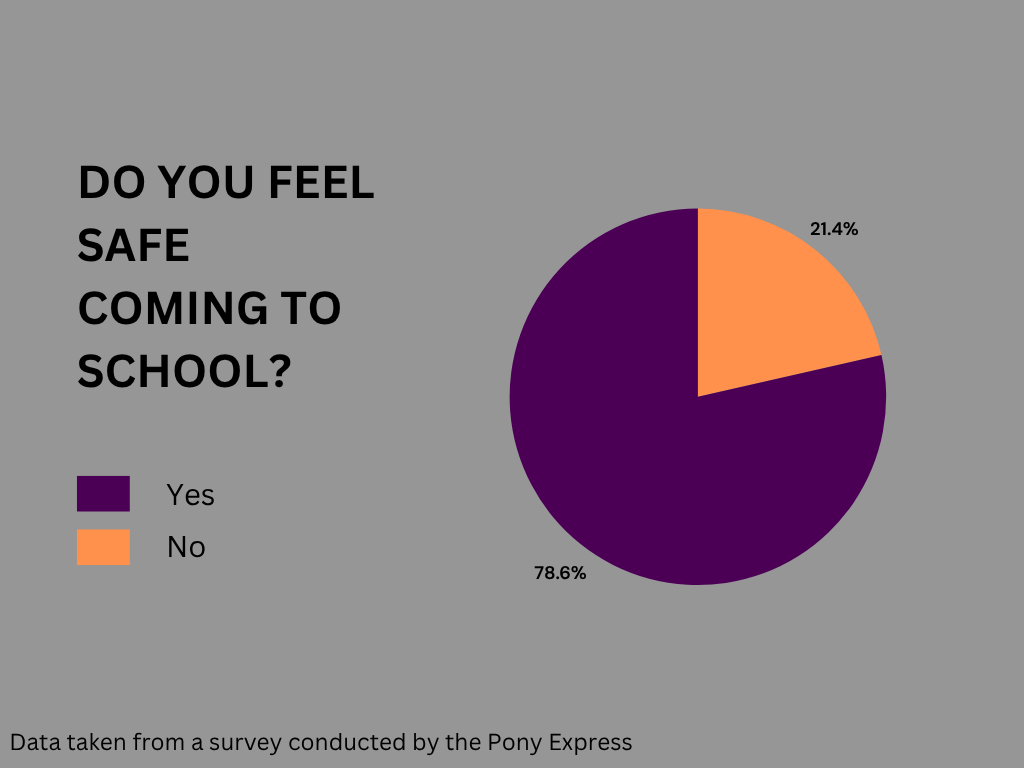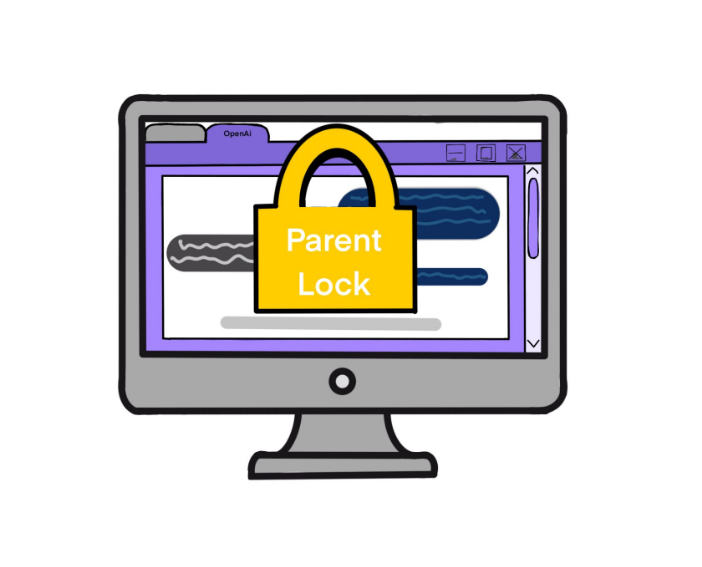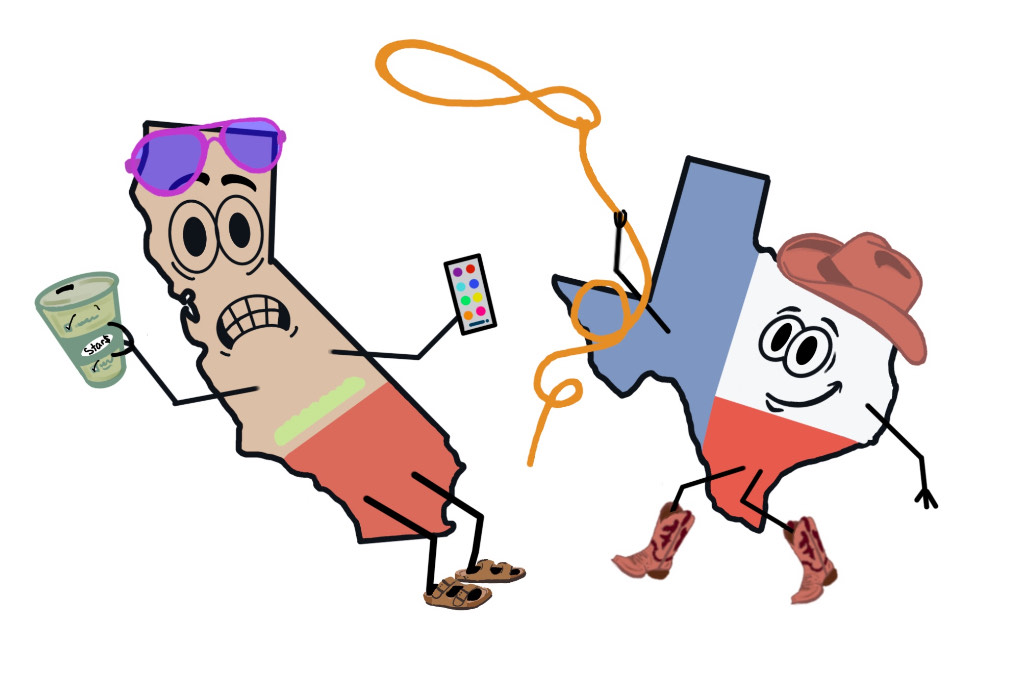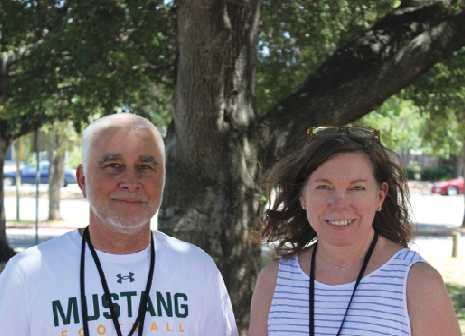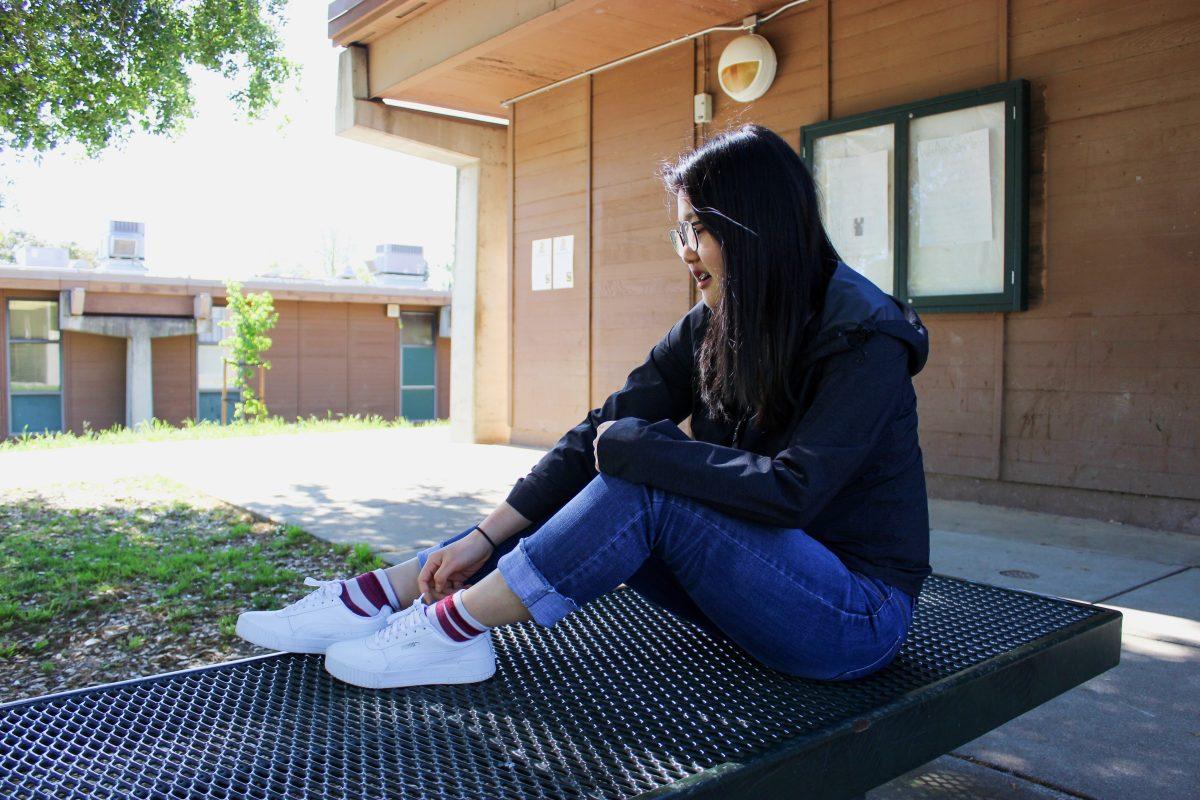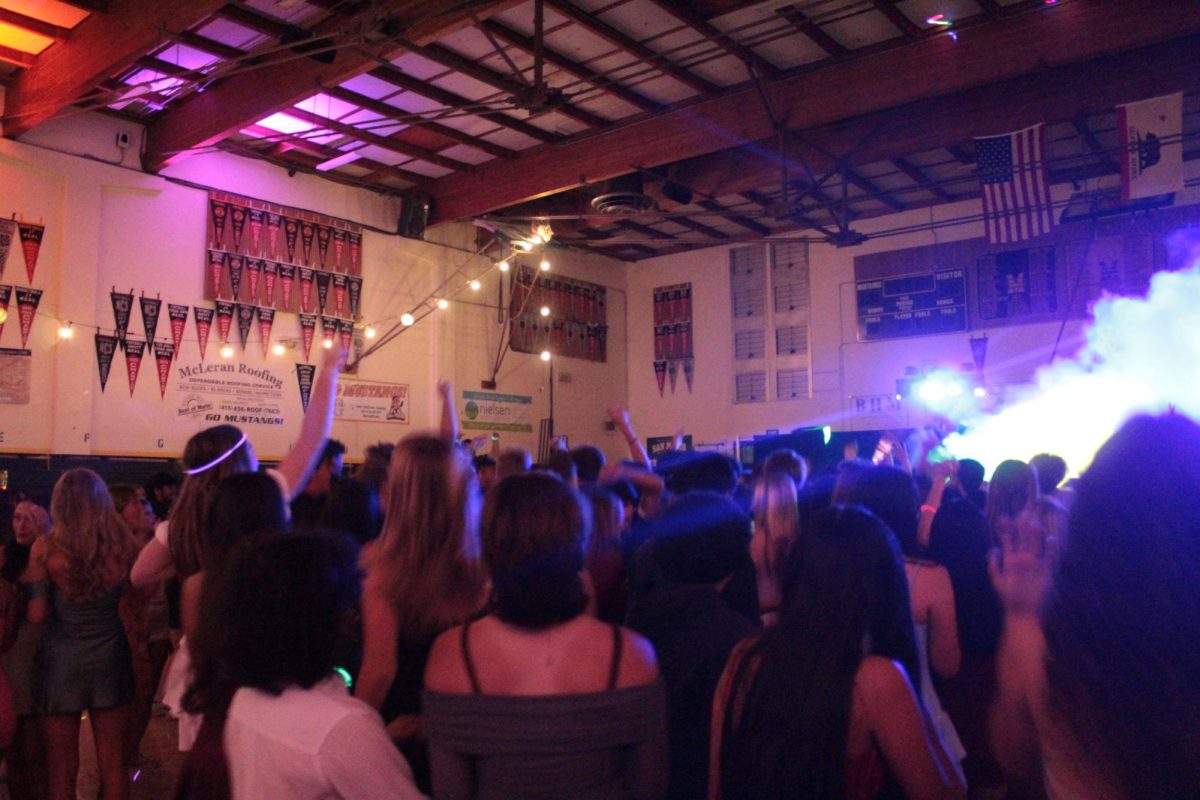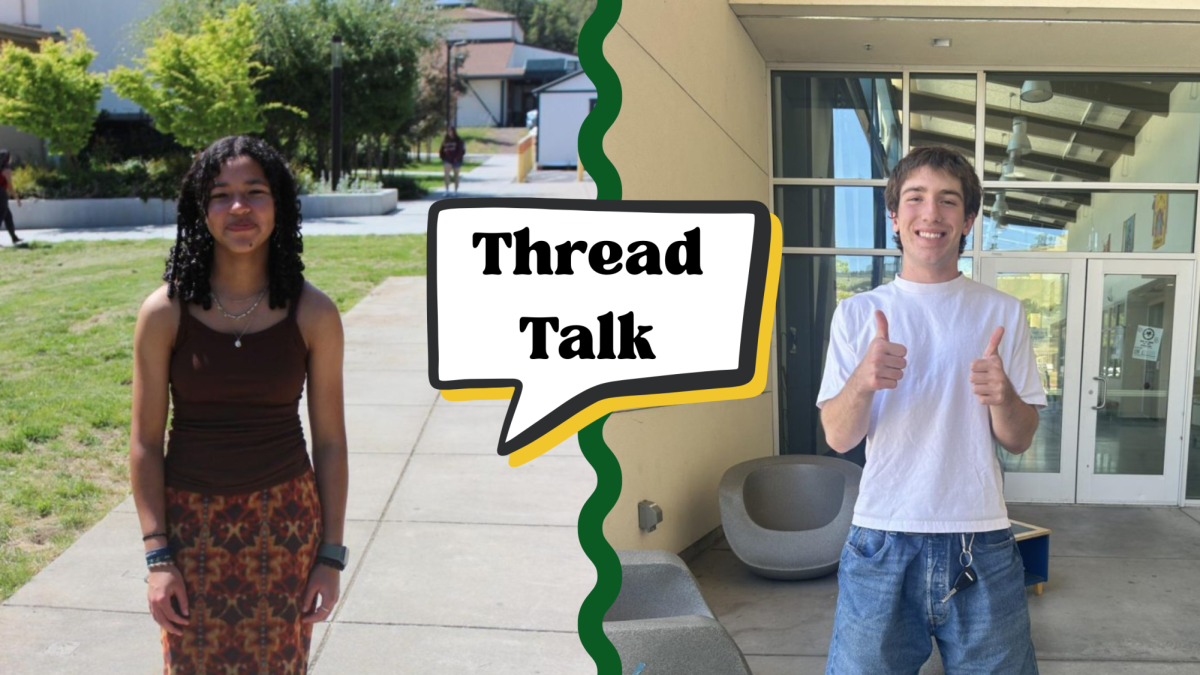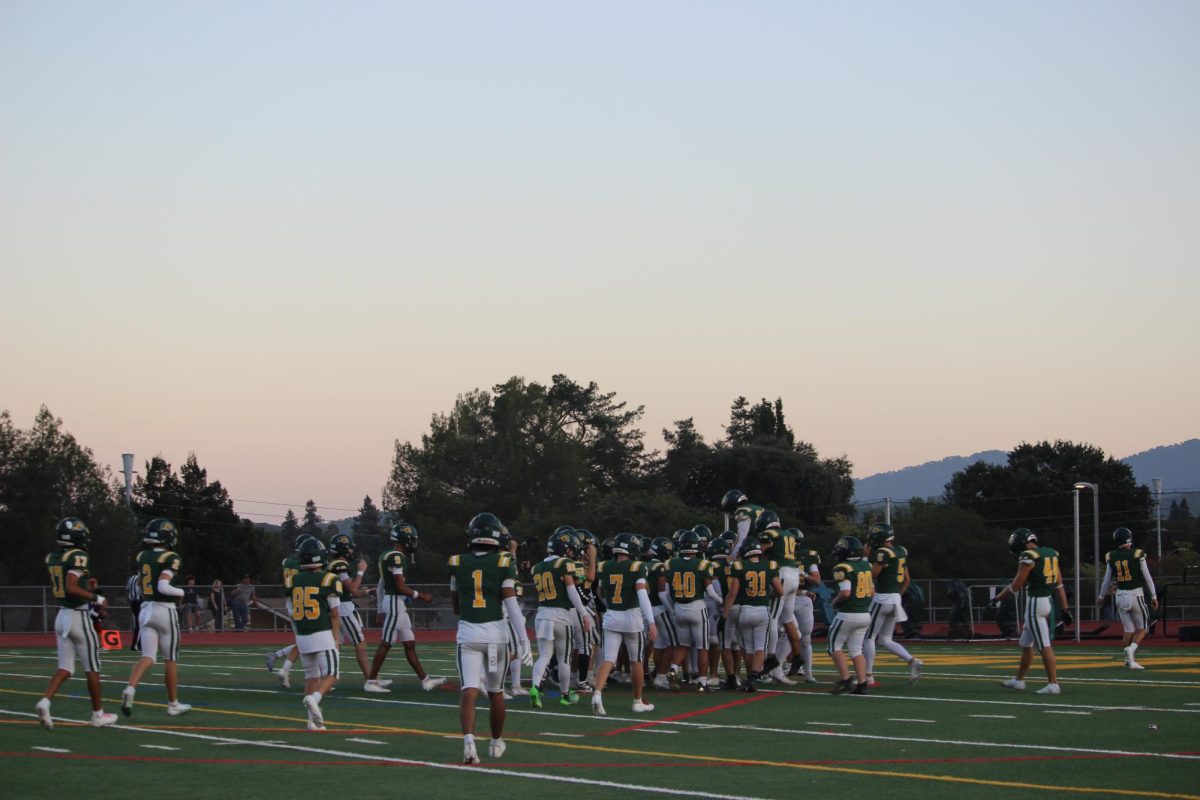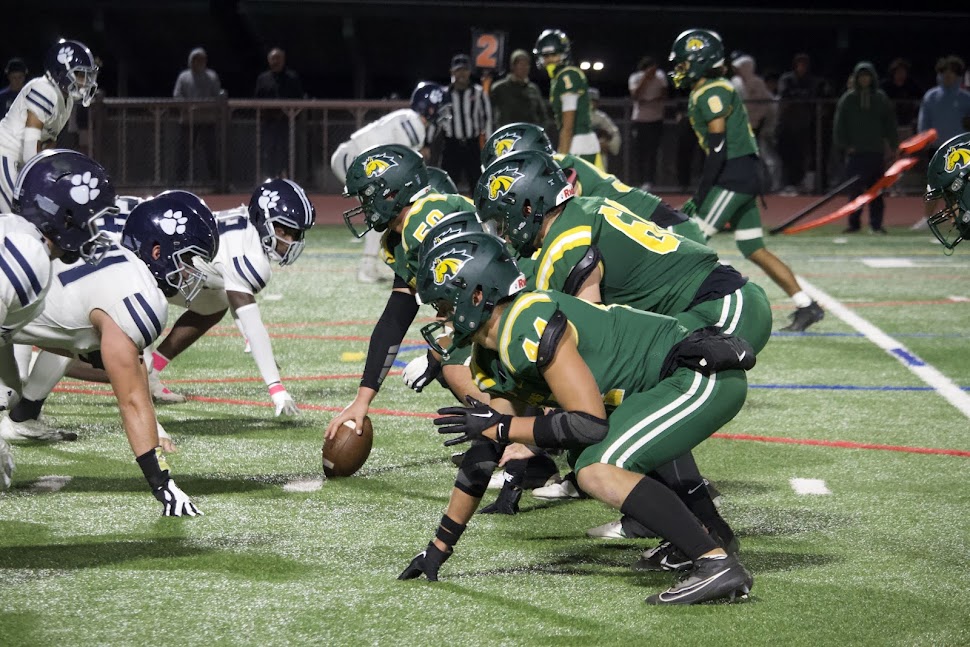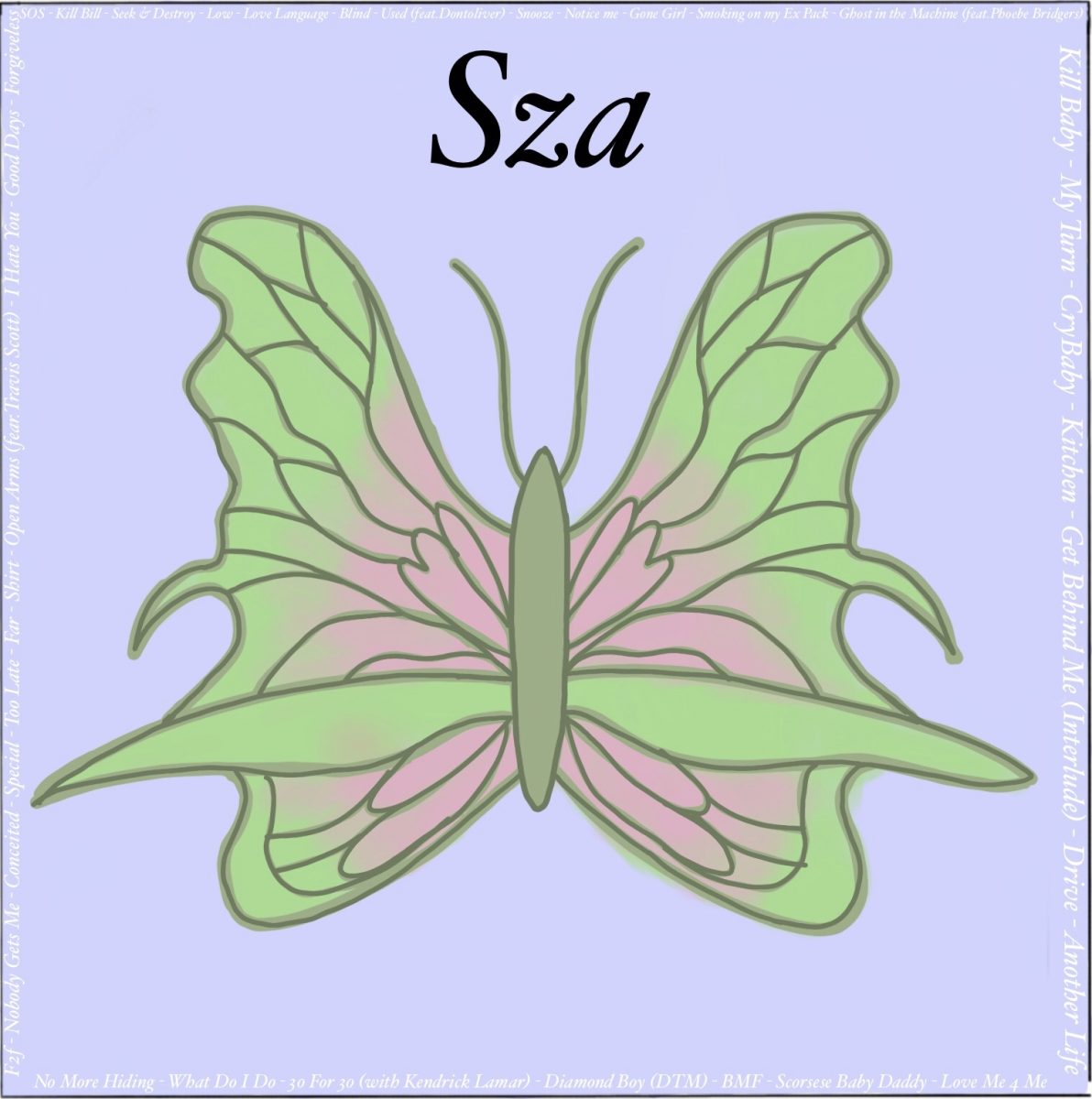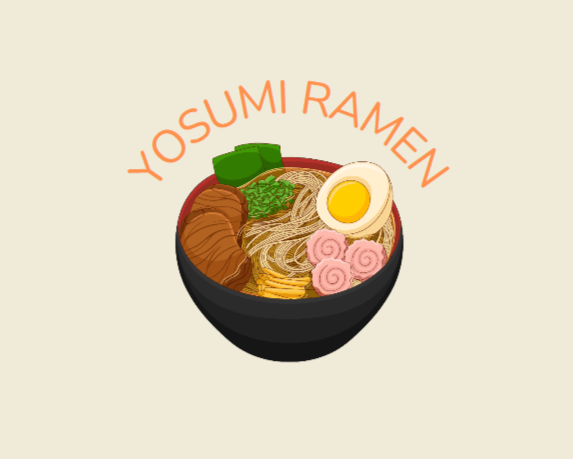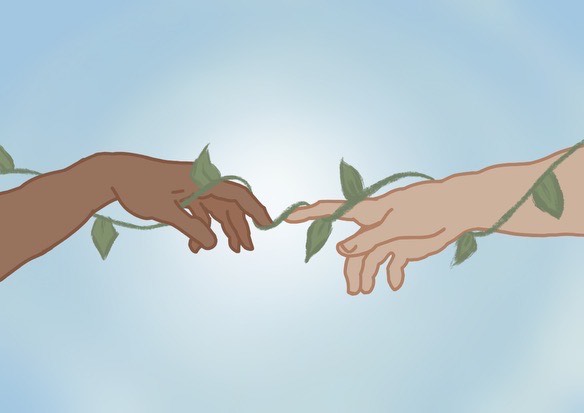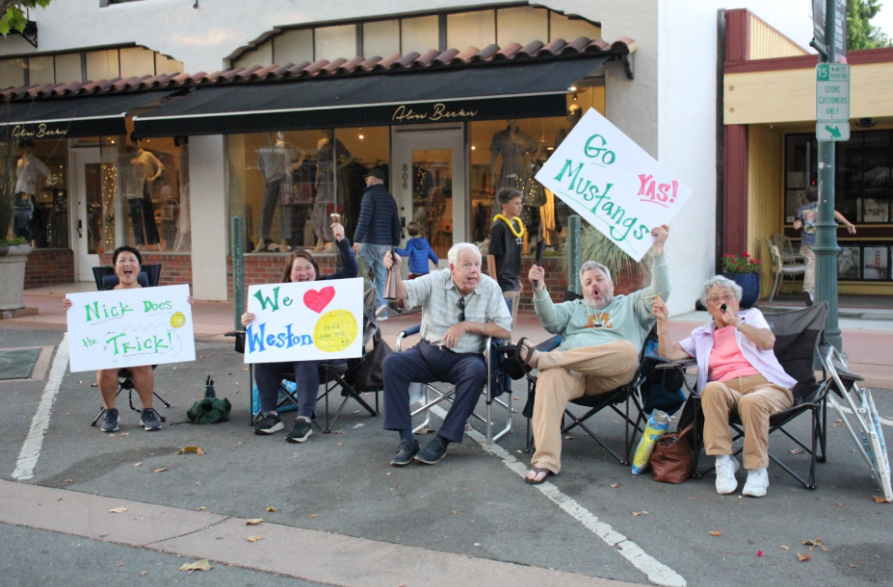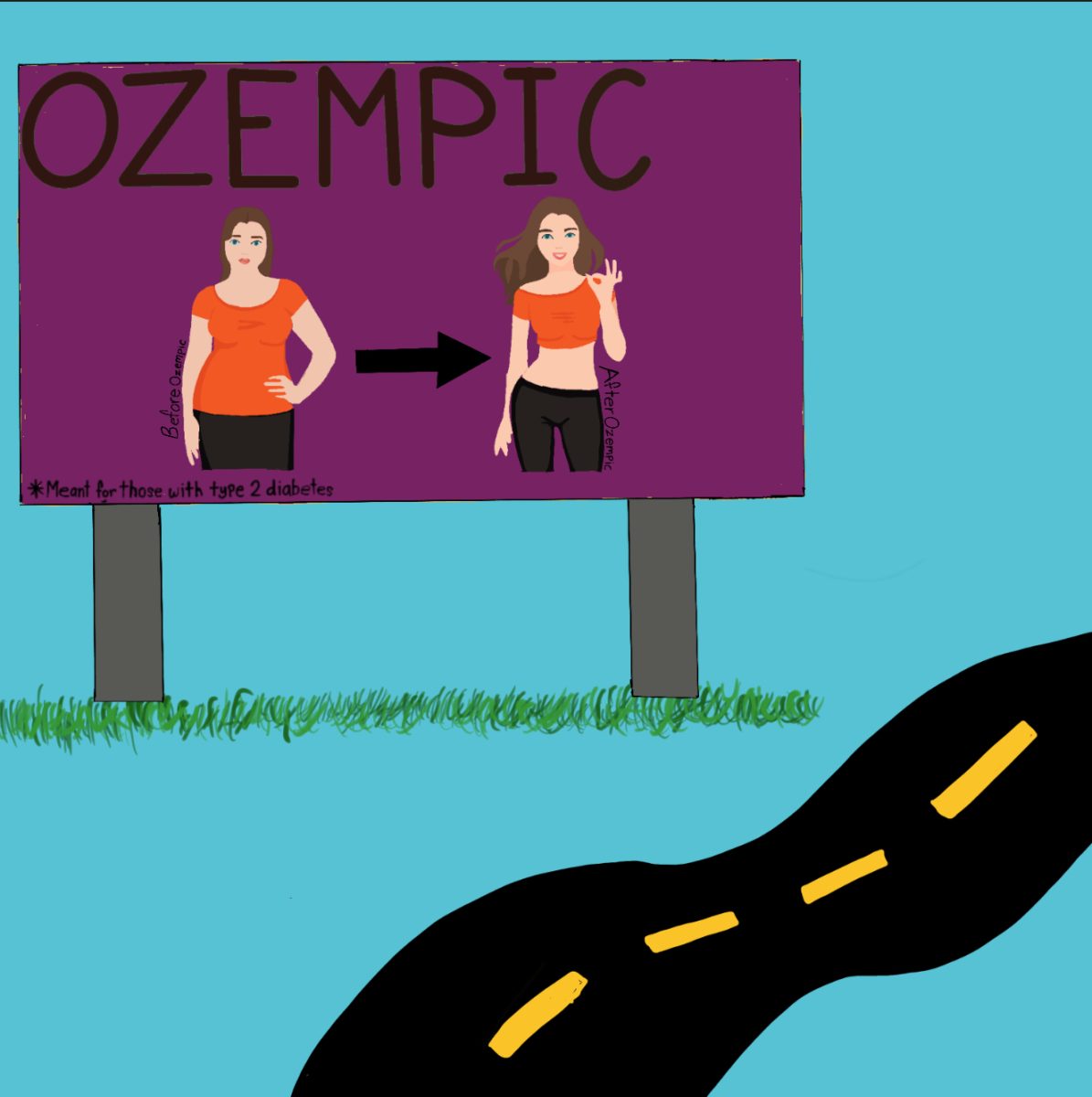The holiday season is widely recognized as one of the most festive times of the year. Regardless of the religious events that people celebrate, it is filled with fun events, foods, gifts, and quality time with family. These festivities are especially highlighted in the media that we consume, from classic holiday movies to seasonal vlogs from influencers. However, in the past few decades, an increasing issue has grown with the holiday season; the overconsumption that we as a society have enabled in the name of “holiday spirit.”
Although the holiday season has just begun, themed decor has already hit the shelves. Fall-inspired menus have been reintroduced around the country. In August, I already started getting Halloween ads, and I have seen countless influencers show their fall clothing hauls as well as their holiday decor. Seemingly endless festive decorations, clothes, knick-knacks, and flavors of food start popping up. Every year, the same cycle repeats itself in what seems to be a never-ending amount of new products.
Although it may not immediately seem to be a cause for concern, when you dive deeper into just how much waste we produce, this becomes a prominent issue that could be easily fixed. During the holiday season, the consumption of most things seems to increase. From more food to packaging and gifts, everything is bought in excess and seemingly justified. However, it all adds up and has harsh consequences.
The National Environment Education Foundation (NEEF) estimates that over 200 million pounds of food are wasted every Thanksgiving in the United States alone. This is an especially heartbreaking statistic when you consider that over 40 million people experienced food insecurity in 2023, a number only expected to increase. Although this issue is big, holiday shopping, decor, and gifts create an unbelievable amount of waste and emissions as well.
For decades, this has been a widely normalized pattern that is associated with the ‘ber’ months. However, the increasing amount of overconsumption is anything but normal. We live in a consumeristic society in which we have lost the meaning of value for not just physical items, but for the emotions that we associate with things as well. I myself have spent so much time worrying over the perfect fall outfit to buy, themed Christmas basket to put together, or what new earring stack to buy just because it might fit a theme better. Although treating yourself to something new may be fun once in a while, once you fall into the cycle of getting more and more items that you might only use a few times, it is hard to get out of it.
Part of this issue is rooted in the culture around the holiday season. For centuries, many different cultures have celebrated the holidays during winter, a season often associated with hope, new beginnings, gratitude, and community. Throughout cultures, feasting and presents were part of these celebrations. However, up until the 19th and 20th centuries, overconsumption was not a common part of society. Resources were limited, and by putting together a feast with holiday delicacies, communities were able to host truly meaningful celebrations.
This holiday season, I hope that we can all take a step back and reflect on what this time of the year really means to us. By placing less emphasis on material items, we can not only reduce waste, but we can also focus on the connections we have with those around us.

